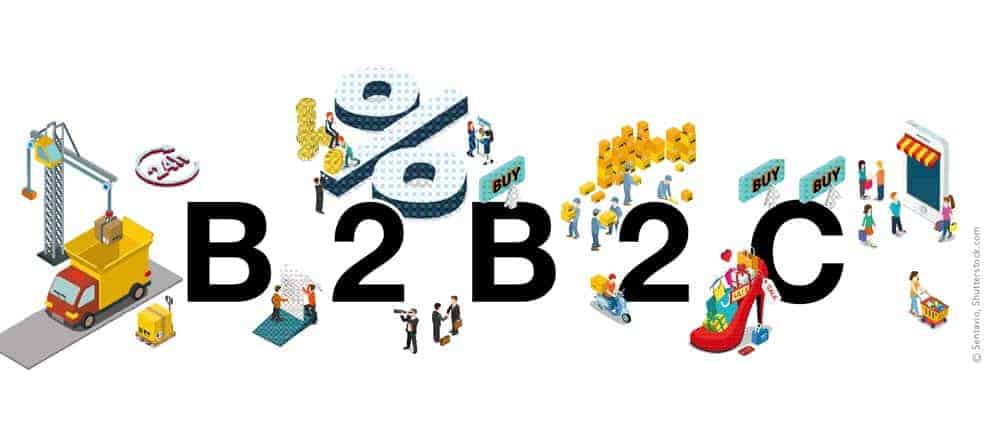Love at first click


The aim of personalization is to address customers individually on their preferred channels with tailored offers. This is particularly important in fragmented, long decision cycles.
But how can the customer's needs, wishes and behavior be determined? The key to this treasure is data. Traces that the customer leaves behind like footprints. They must be collected and analyzed in order to get to know the customer better and better along the entire customer journey.
Just a moment - that's how long it takes an advisor in a stationary store to be able to assess his counterpart on the basis of certain characteristics (gender, marital status, age, style, etc.).
This gives this offline channel a clear advantage over online, where it takes a little longer for such indications of need to become apparent.
This requires an analysis of the sessions as well as the click path. Important insights can already be gained during the first visit to the website. For example, the click path shows the first intentions of the new, potential customer. Is he coming from a social media campaign (interest in content), a banner or mailing (interest in an offer), or a job ad?
But it is also possible to learn more about the customer via his behavior on the website. As long as no contact data is known, this data is used for so-called implicit personalization.
The collection of user-identifying data, e.g., an e-mail address, goes one step further. This can be used for explicit personalization and, for example, to trigger the reactivation of an inactive customer via e-mail or other push channels.
In classic conversion optimization, a distinction is made between micro and macro conversions. The former refers to small interactions - for example, playing a video and liking and sharing content on social networks.
These small actions are also important stations on the customer journey. They shape the relationship between company and customer. Macro conversions are understood to be a request for an offer or, in the best case, the conclusion of a transaction.
Only the seamless, cross-channel interaction between micro and macro conversions ensures a consistent customer experience. Thanks to micro-interactions, the frequency of interaction and thus the commitment of the customer can be increased.
The more a customer engages with the company, its offerings and content, the better you get to know them. With the data collected, the customer can be assigned to a defined customer segment.
Based on this, suitable content can be played out to him. Personalization goes beyond the personal form of address. Ideally, the imagery, the text style and the address are adapted to the segment.
Personalization is a continuous process that never ends. The relationship can be compared to a friendship. Here, too, it is crucial to engage with your counterpart.
If the customer is addressed with relevant content at all touchpoints, conversion rates can be increased. The company saves costs and time, the risk of failure of campaigns is reduced and, in particular, customer loyalty is strengthened.
Here's a quick guide on how companies can approach the topic of personalization in concrete terms: Identify a specific use case that you use as a field of experimentation.
Find all possible conversion points along the customer journey - these can be analyzed in detail along the five customer journey phases (inspiration, information, evaluation, purchase, use) with the following guiding questions:
- What is the customer looking for at this point?
- What data can I collect at this touchpoint?
- What personalizable content can I offer the customer at this conversion point?
- What next action can I trigger?






